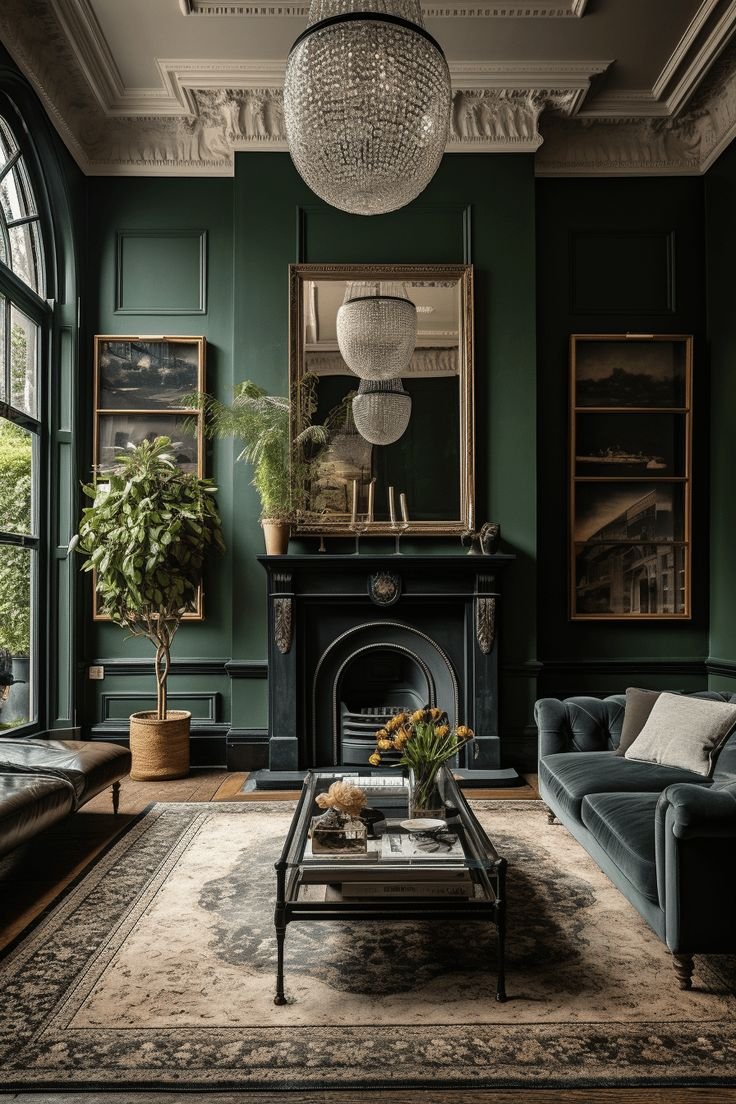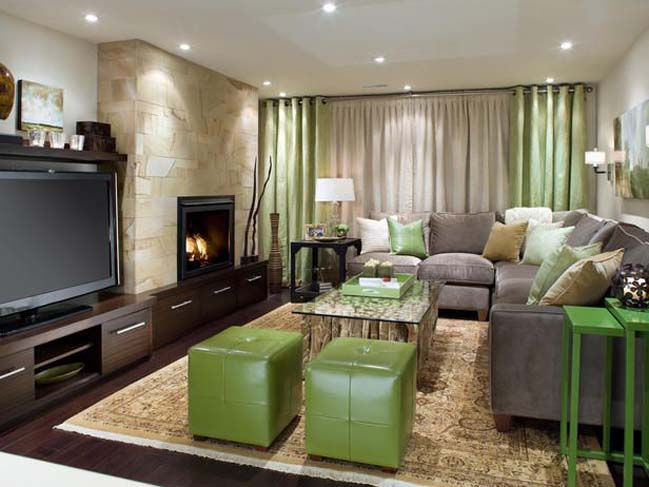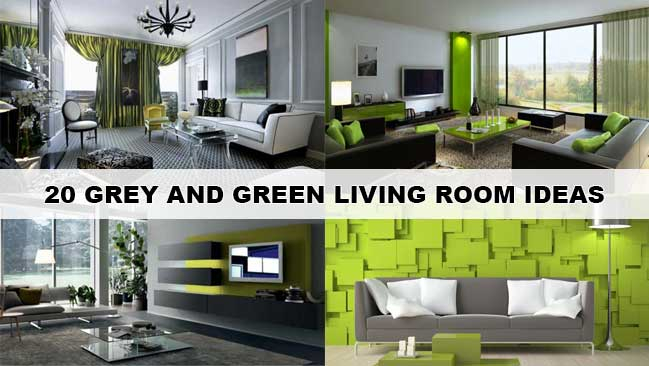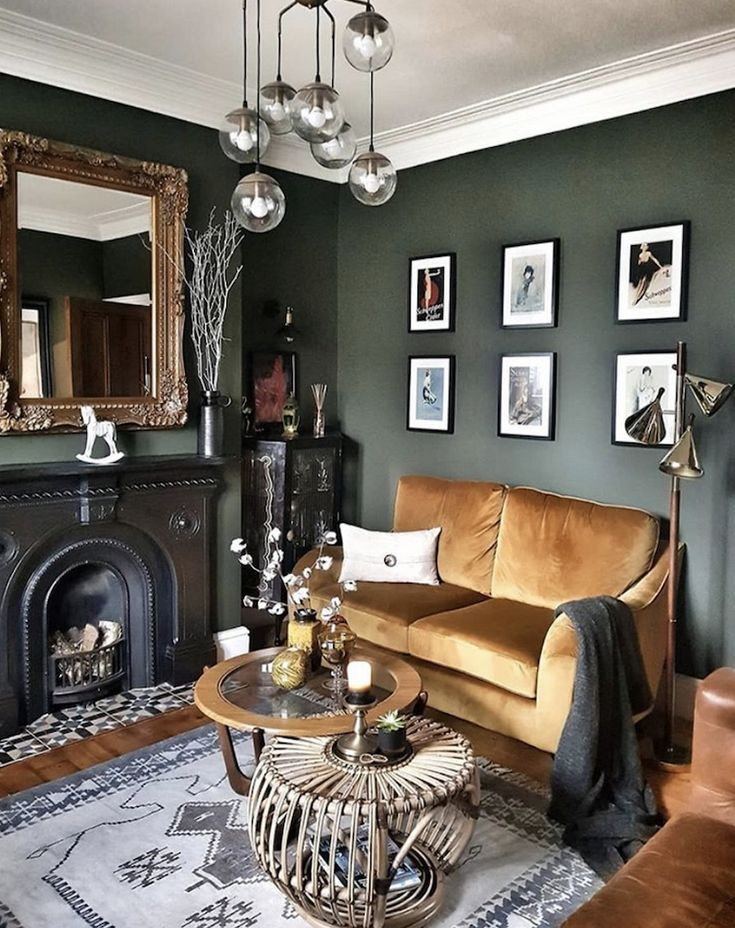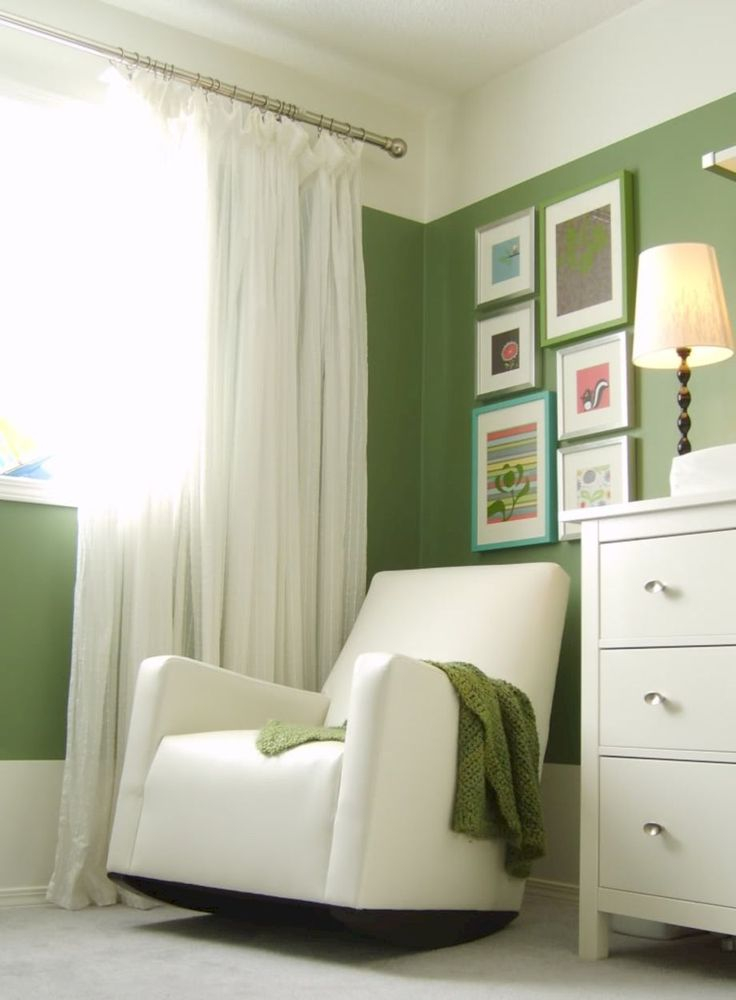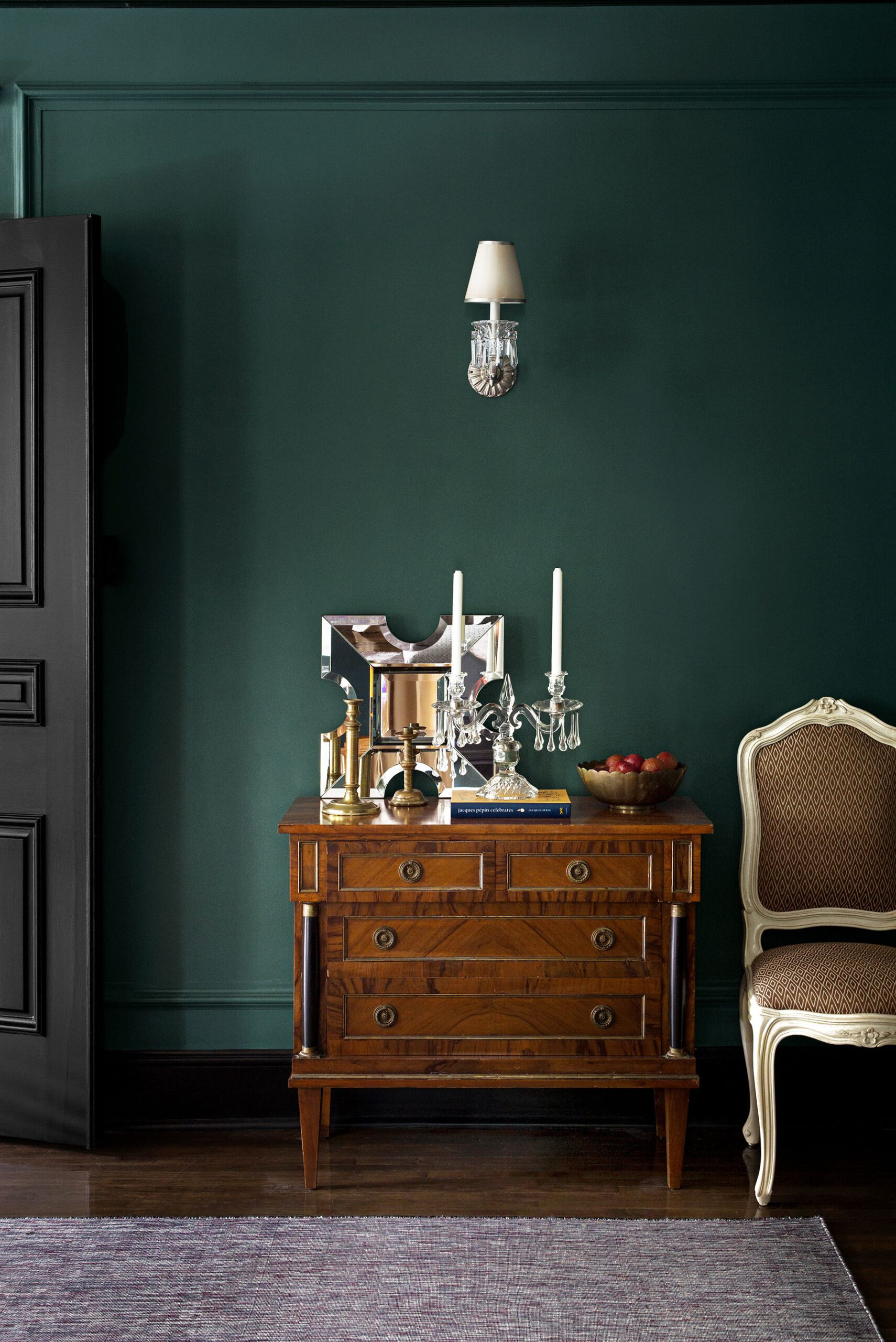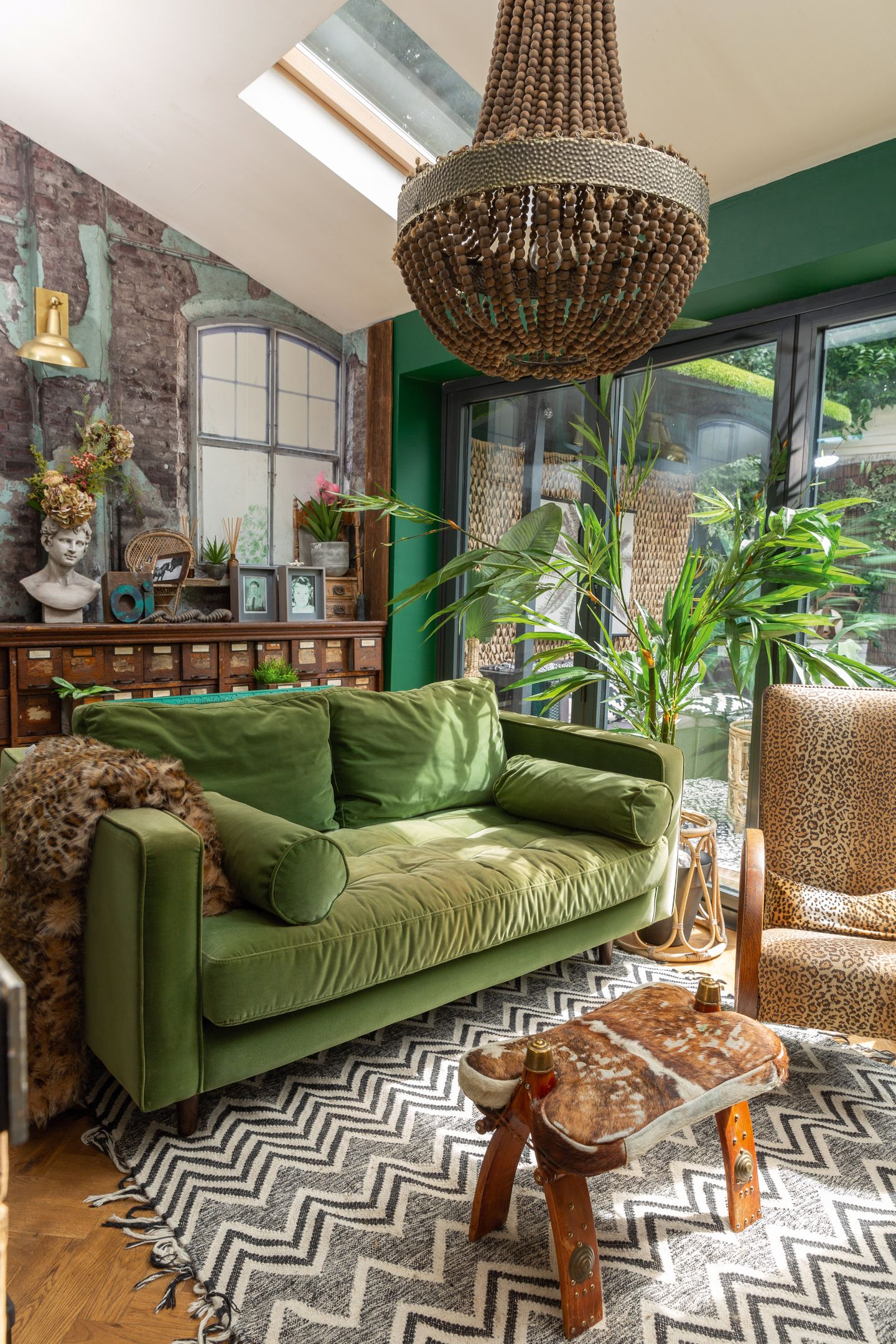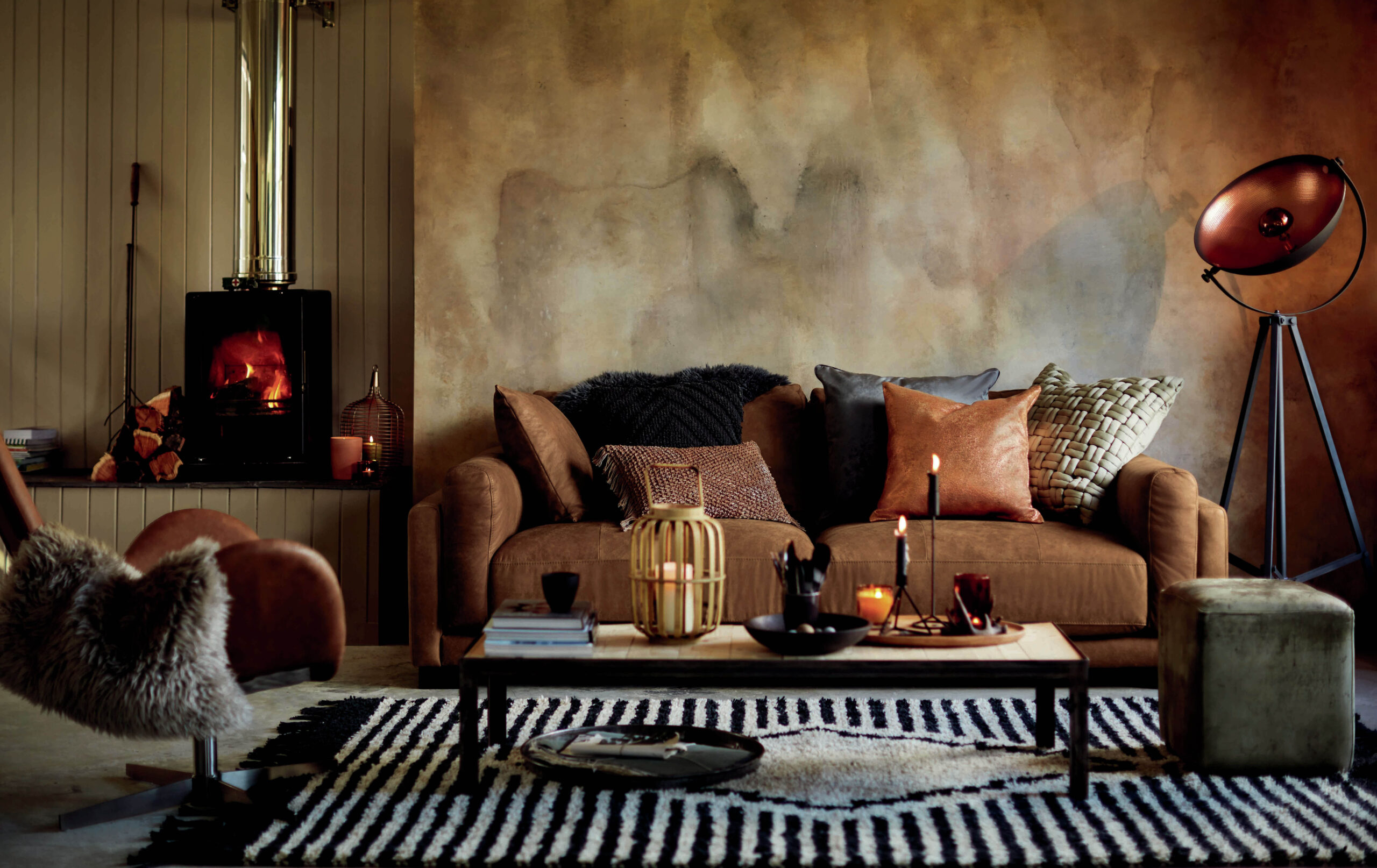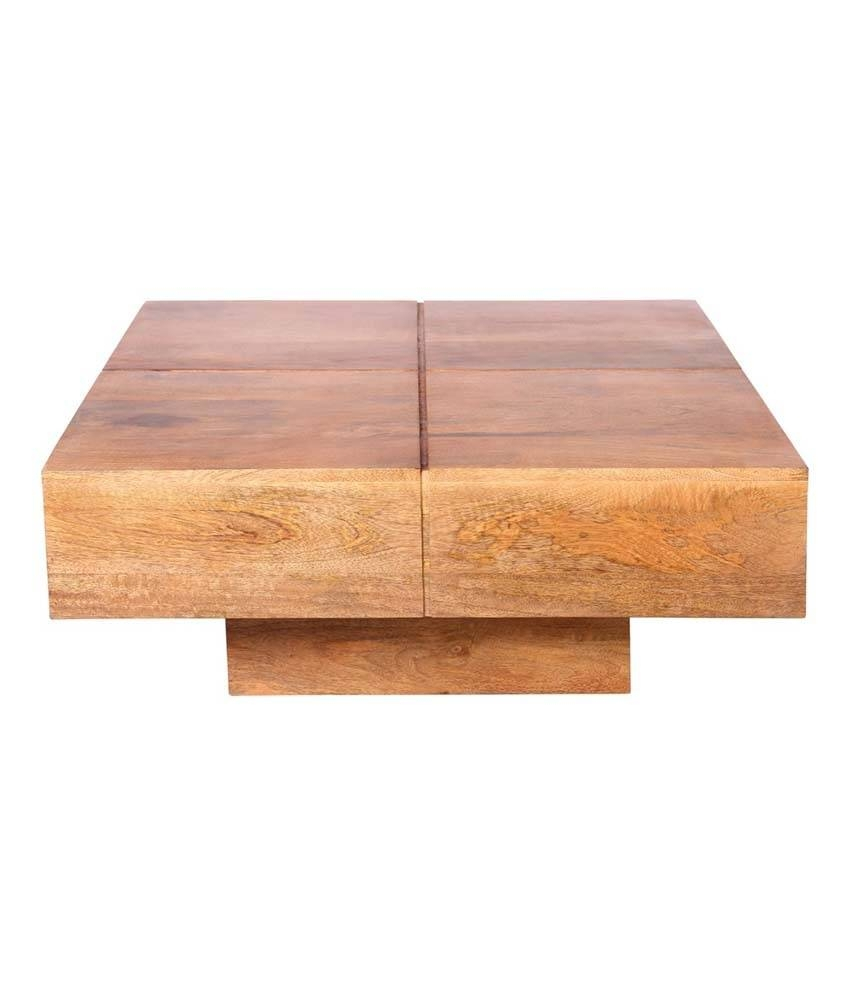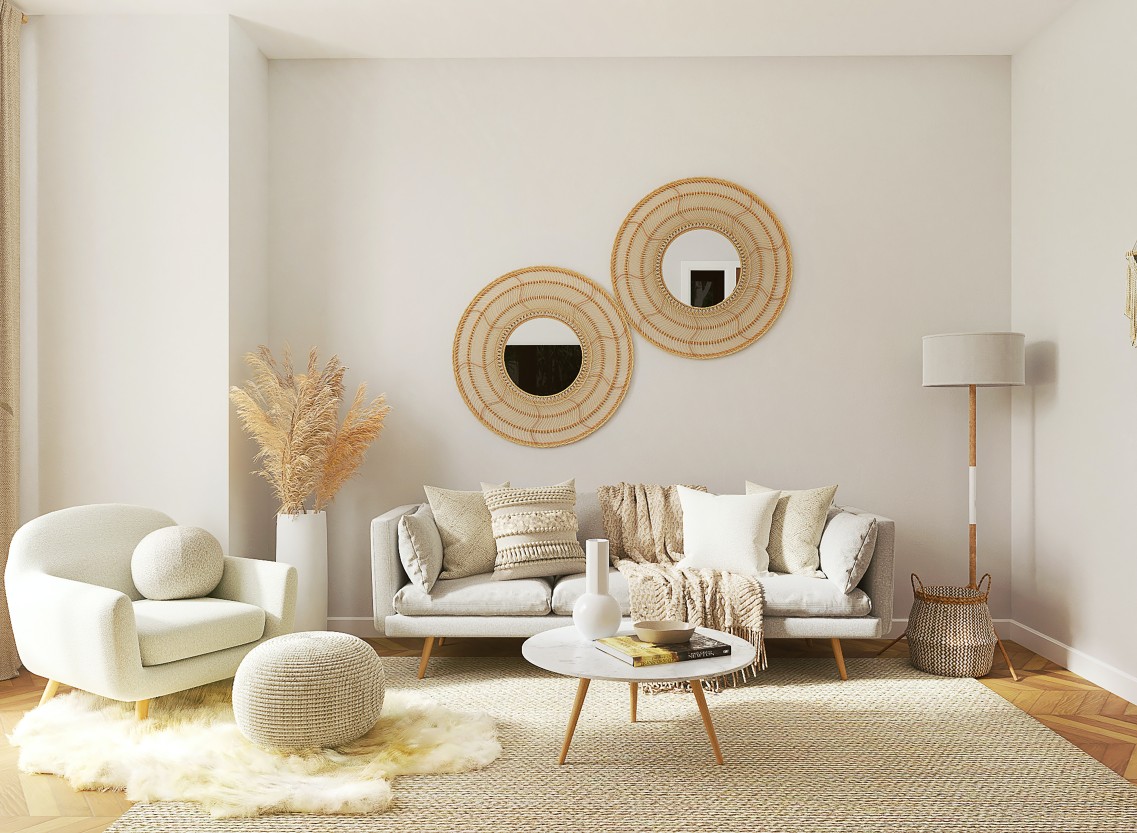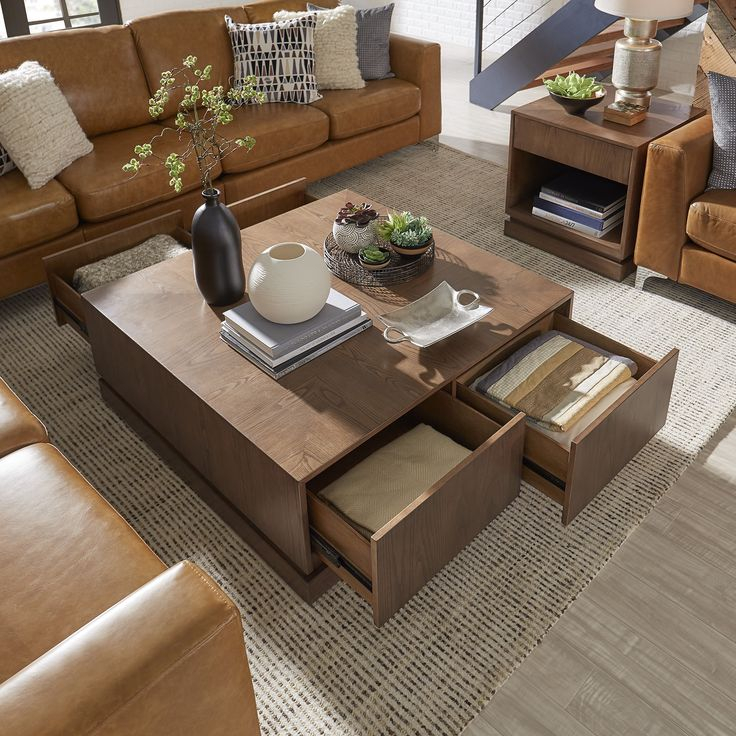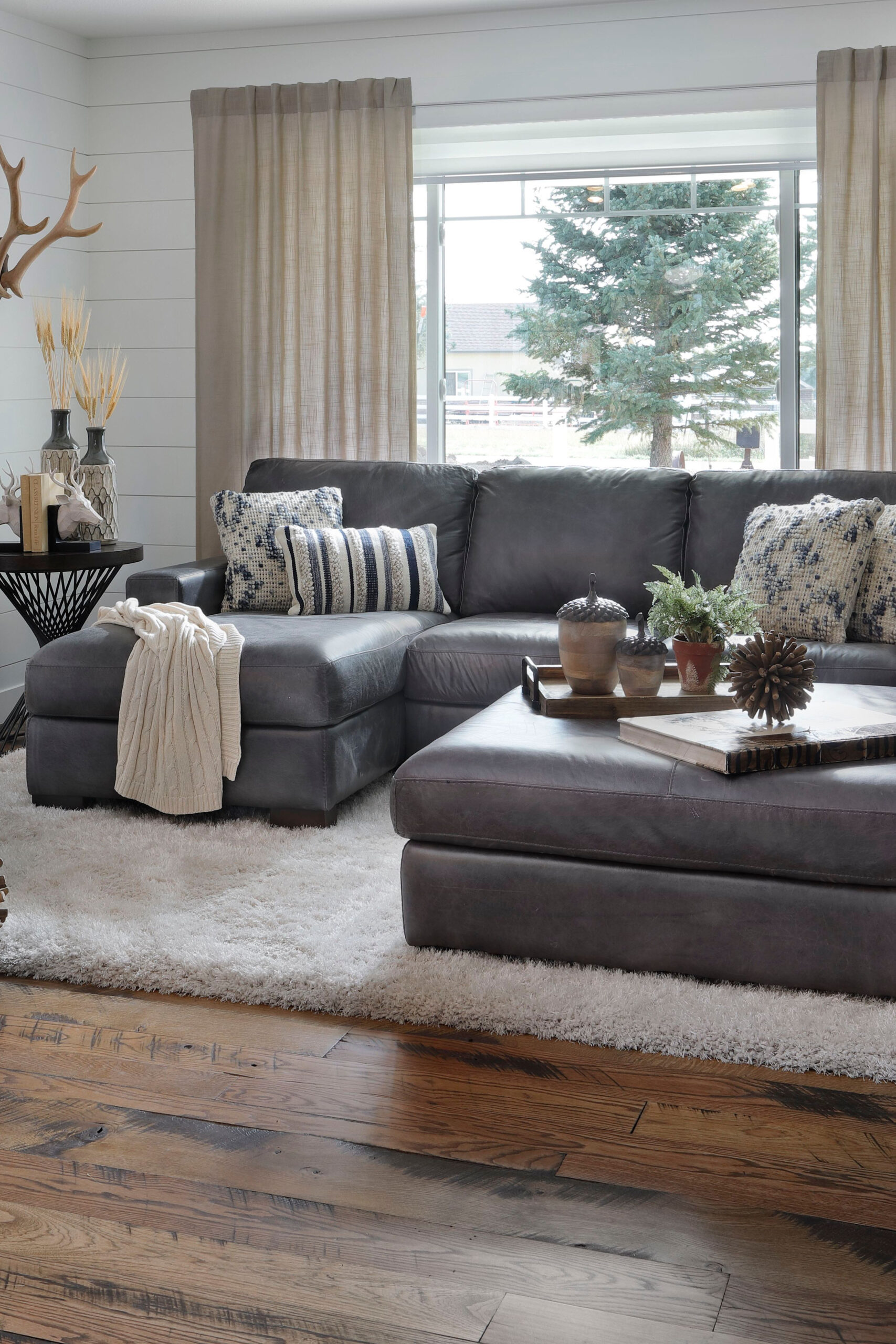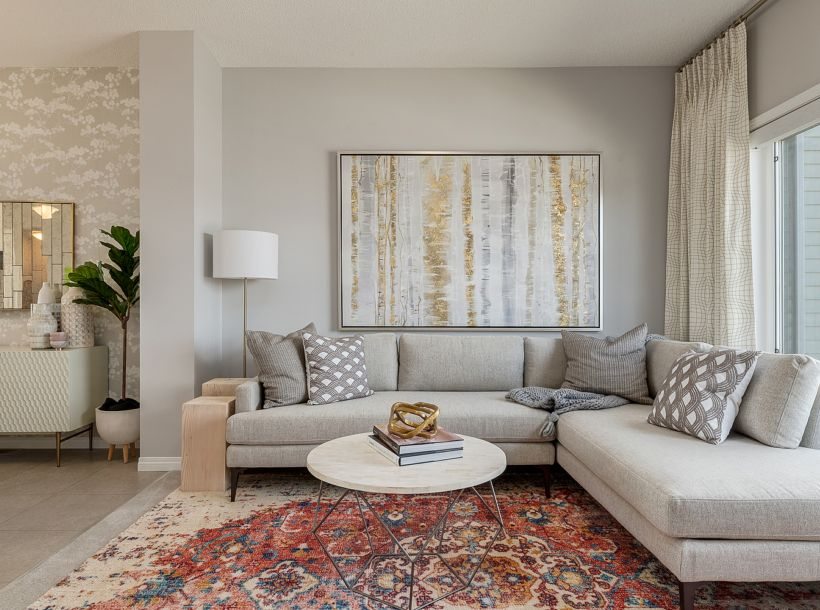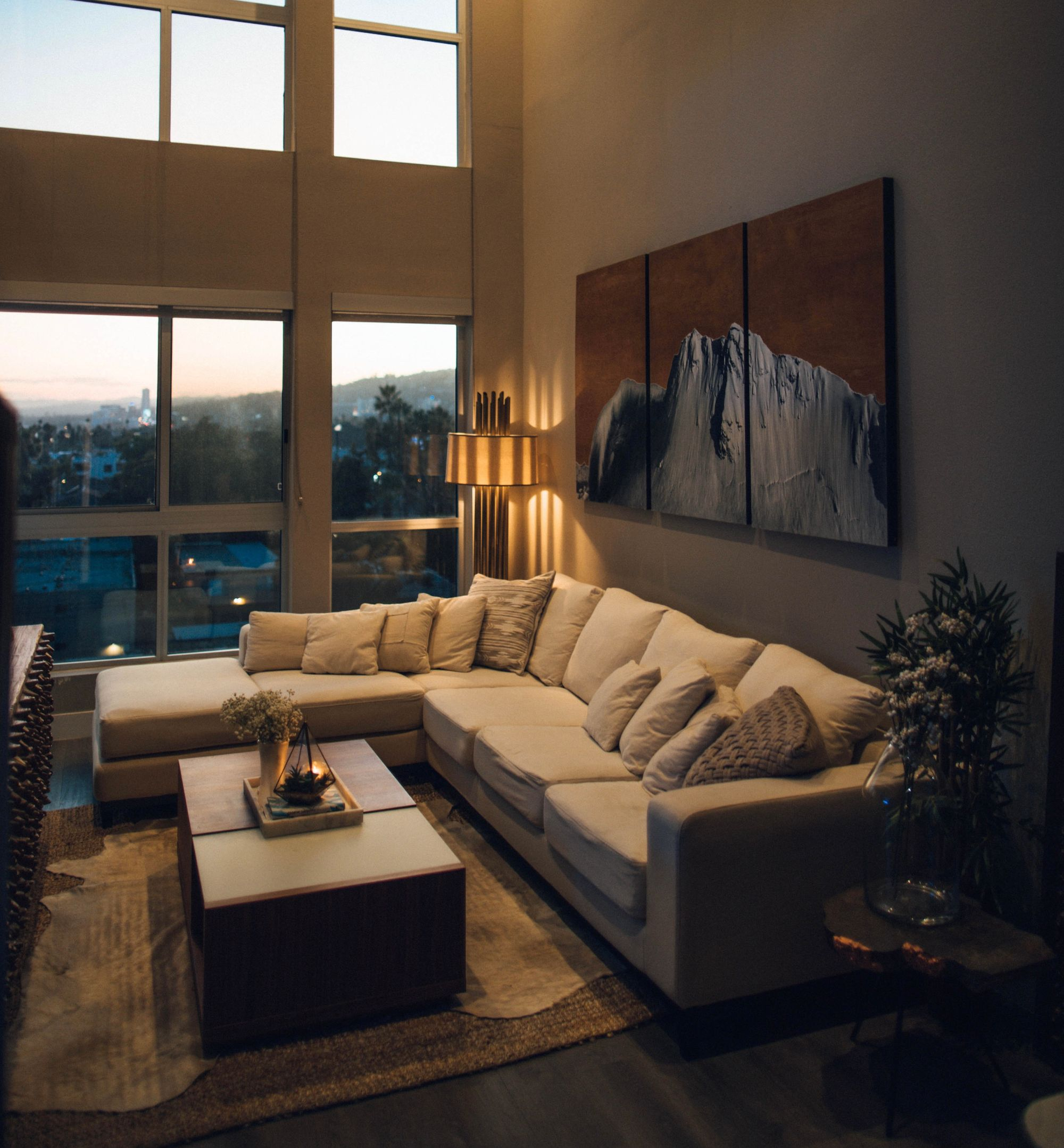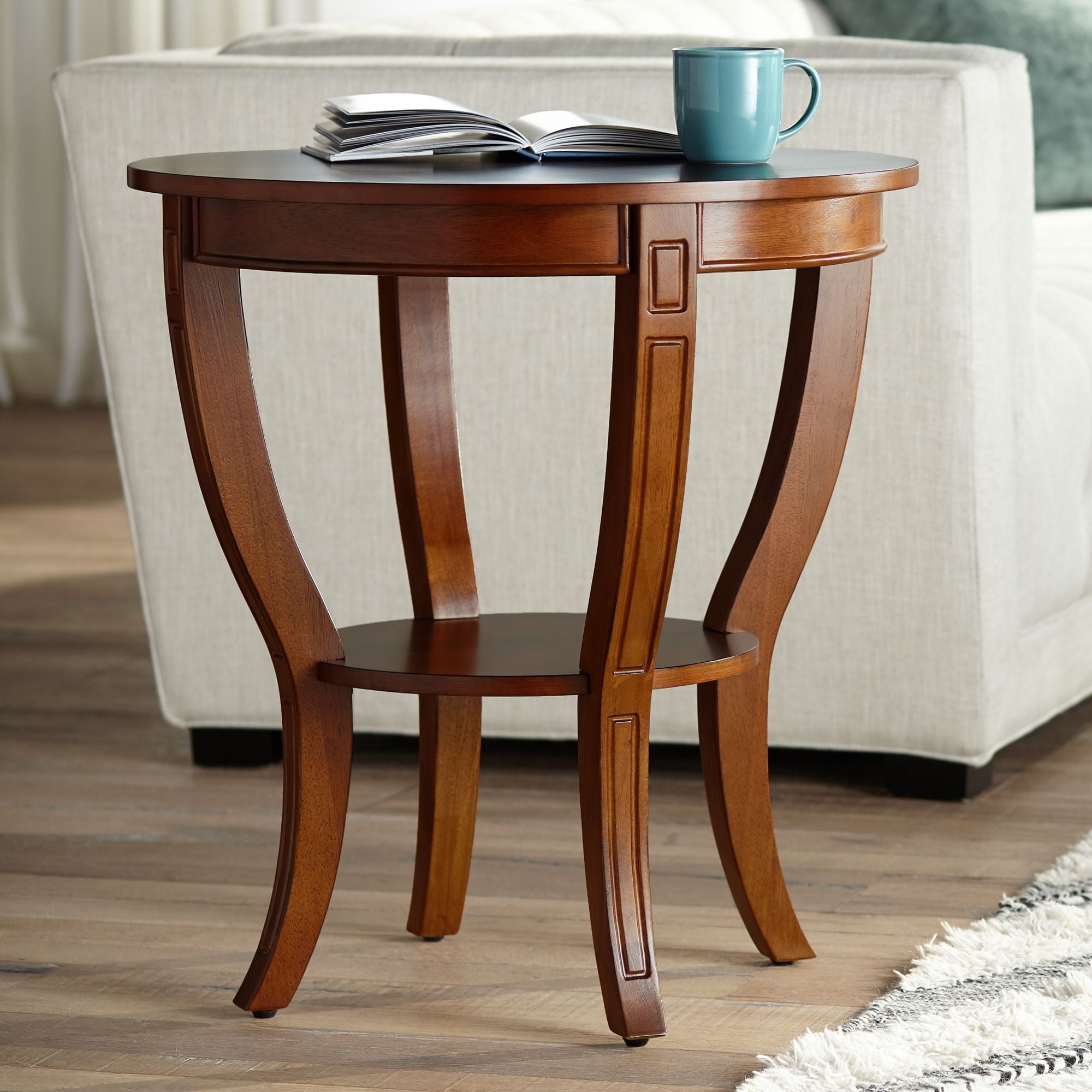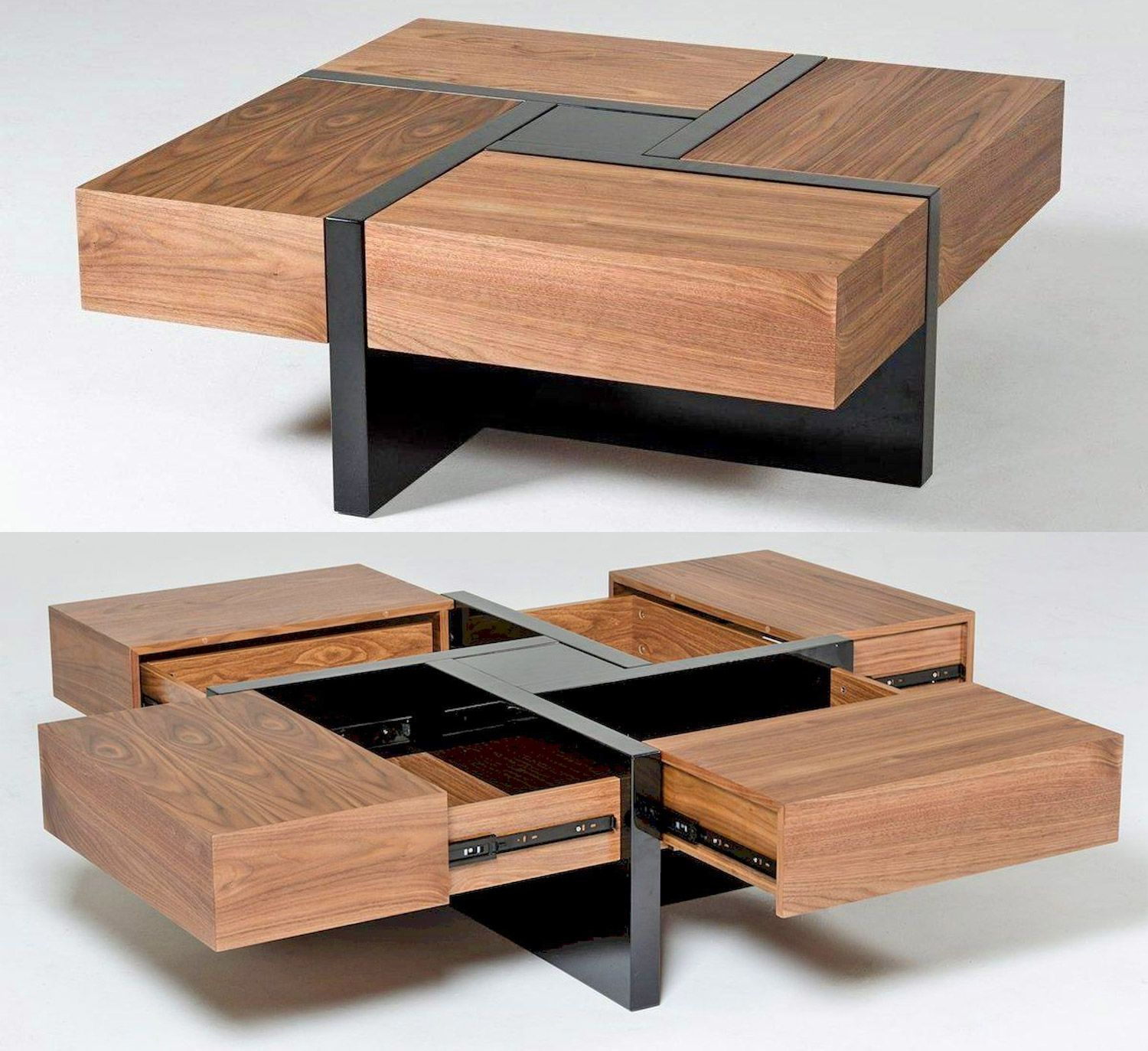Have you ever walked into a room and felt an instant sense of peace, a quiet sophistication that just felt… right? Often, that feeling is cultivated by thoughtful color choices, and lately, deep, dark greens have been making a serious comeback. They’re not just trendy; they’re timeless. Think of the lushness of a dense forest after rain, or the velvety texture of moss on an ancient stone. That’s the kind of immersive experience dark green can bring into your living space. It’s a color that speaks of nature, of tranquility, and of a grounded elegance that’s hard to beat. Let’s dive into why this shade is so special and how you can bring its magic into your own home.
We’ve all seen the lighter, brighter greens, but there’s a unique power in the deeper, more saturated shades of green. They possess a certain gravitas, a richness that can transform a room from ordinary to extraordinary. Dark green, in its many forms – from emerald and forest to deep olive and even a hint of teal – offers a versatile palette. It’s a color that can be both grounding and uplifting, creating spaces that feel both intimate and expansive. So, if you’re looking to add a touch of natural luxury and a sense of calm to your abode, exploring the potential of dark green is a journey worth taking.
The Psychology of Dark Green: Calmness and Connection
It’s no accident that green is so often associated with nature and well-being. Psychologically, dark green hues can evoke feelings of stability, security, and renewal. They act as a natural stress reliever, promoting a sense of balance and harmony within a space. Imagine a bedroom painted in a deep forest green; it’s designed to be a sanctuary, a place where you can truly unwind. This connection to the natural world is powerful, helping to create environments that feel nurturing and restorative. It’s like bringing a piece of the great outdoors inside, without the mosquitos. And isn’t that just wonderful?
Versatility Unveiled: Where to Use Dark Green
The beauty of dark green lies in its adaptability. It’s not confined to one style or room. Consider these ideas:
- Living Rooms: A deep emerald accent wall can provide a dramatic focal point, especially when paired with warm neutrals like cream, beige, or a soft grey. Think about a plush velvet sofa in a rich forest green – it’s pure comfort and style.
- Bedrooms: As mentioned, a darker green on the walls can create a cozy, cocoon-like atmosphere, perfect for sleep and relaxation. It pairs beautifully with natural wood tones and brass accents.
- Dining Rooms: Imagine a dining room feature wall in a deep olive green. It adds a sophisticated, almost moody vibe that’s perfect for intimate dinners. It encourages conversation and can make metallic accents, like gold or copper, really pop.
- Home Offices: A touch of dark green can boost productivity and focus. Consider a desk chair in a forest green or even a few strategically placed plants. It’s a subtle way to incorporate the color without overwhelming the space.
- Kitchens and Bathrooms: Dark green cabinetry, whether painted or in a natural wood finish, can be incredibly chic and unexpected. It offers a sophisticated alternative to traditional white or grey. For bathrooms, consider deep green tiles or even a bold green vanity.
Pairing Perfection: What Colors Complement Dark Green?
This is where the magic really happens. Dark green is surprisingly easy to partner with other colors. For a classic, elegant look, try:
- Neutrals: Cream, beige, ivory, and warm greys provide a soft backdrop that allows the green to shine. They create a sophisticated and calming effect.
- Gold and Brass: These metallic tones add a touch of luxury and warmth, making the green feel even richer. Think gold picture frames, brass lighting fixtures, or even a subtle gold thread in a rug.
- Wood Tones: Natural wood, especially darker or medium shades like walnut or oak, creates a grounded, organic feel. It emphasizes the connection to nature.
- Deep Blues and Teals: For a more dramatic, jewel-toned scheme, pairing dark green with deep blues or teals can be stunning. It creates a sense of depth and opulence.
- Terracotta and Earthy Tones: These warm, muted colors bring out the natural, grounding qualities of dark green, creating a cozy and inviting atmosphere.
- Blush Pink or Soft Peach: For a softer contrast, a muted blush or peach can add a delicate touch and prevent the dark green from feeling too heavy.
Texture is Key: Adding Dimension and Depth
Simply painting a wall dark green is a great start, but adding texture takes it to another level. Consider these materials:
- Velvet: A velvet sofa, armchair, or even curtains in a deep green can add incredible richness and a luxurious feel. The way light plays on velvet is simply divine.
- Linen: For a more casual, natural vibe, linen in a muted olive or forest green can be beautiful. It has a lovely, slightly slubby texture.
- Wood: As mentioned, wood tones are a natural partner. Think a dark green wall with a beautiful wooden sideboard or shelving unit.
- Metals: Brass, gold, or even matte black metal accents can provide a sleek contrast and highlight the depth of the green.
- Ceramics and Pottery: Green glazed ceramics, planters, or even tiles can bring in subtle variations of the color and a handmade feel.
Practical Tips for Introducing Dark Green
Don’t feel like you need to repaint your entire house overnight. Start small and see how you feel:
- Accent Wall: Choose one wall in a room to paint or wallpaper in a dark green. This is a fantastic way to test the waters and create a focal point.
- Textiles: Introduce dark green through throw pillows, blankets, rugs, or curtains. These are easy to swap out if your taste changes.
- Furniture: A single piece of furniture, like an armchair or a dining set, can make a significant impact.
- Artwork and Decor: Incorporate dark green through framed prints, vases, planters, or decorative objects.
- Plants: Of course, you can’t go wrong with actual plants. Their natural green tones complement any shade of dark green decor you might introduce.
Avoiding Pitfalls: What Not to Do
While dark green is forgiving, there are a few things to keep in mind:
- Overdoing It: Too much of any color can be overwhelming. Balance your dark green elements with plenty of lighter neutrals and varied textures.
- Poor Lighting: Dark colors can make a room feel smaller or cave-like if the lighting isn’t adequate. Ensure you have good ambient, task, and accent lighting.
- Ignoring Undertones: Greens can have different undertones (e.g., blue, yellow, grey). Make sure the specific shade you choose harmonizes with the other colors and the natural light in your room.
- Clashing with Existing Elements: Before committing, consider how your chosen dark green will interact with your existing furniture, flooring, and artwork. A quick paint swatch or fabric sample can save a lot of trouble.
Dark green is more than just a color; it’s an invitation to create spaces that are both beautiful and deeply comforting. Its connection to nature, its calming effect, and its sheer versatility make it a standout choice for anyone looking to infuse their home with a sense of sophisticated serenity. Whether you opt for a bold statement or subtle accents, embracing the depth of dark green can truly unlock a new level of tranquility and style in your living environment. So go ahead, dip your toes into the deep end of the green spectrum – you might just find your perfect sanctuary.

